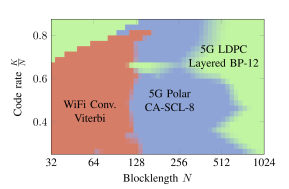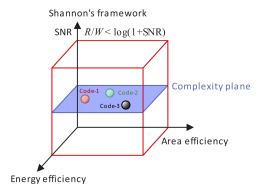An Updated Research Vision of the Next Generation Network After Several Years on the 6G Journey

Significant progress has been made since the research community explicitly started defining a vision for 6th generation network (6G). The goal of the this article is to revisit research challenges in six key technology areas for 6G, summarize some of the main achievements so far and articulate remaining challenges. Research on new spectrum technologies mainly focuses on the upper mid-band 7–15 GHz for providing higher capacity with coverage from existing cell sites in an energy efficient way. Use of machine learning at the wireless transmitter and receiver opens opportunities for new system design paradigms and improved performances compared to conventional signal processing. Joint communication and sensing exploits base stations as a ubiquitously available wireless sensing modality with minimal impairment of the quality of service of a communication link. At the end-points of the 6G network, there will be specialized mobile subnetworks with challenging networking requirements. An important concern is to create crypto-agile networks that protect against emerging security threats, provide resilience and preserve privacy. Research on concepts and algorithms for any of these areas should be coupled with their integration into a cognitive cloud architecture to evaluate system tradeoffs and enable a flexible automated deployment involving multiple actors.







